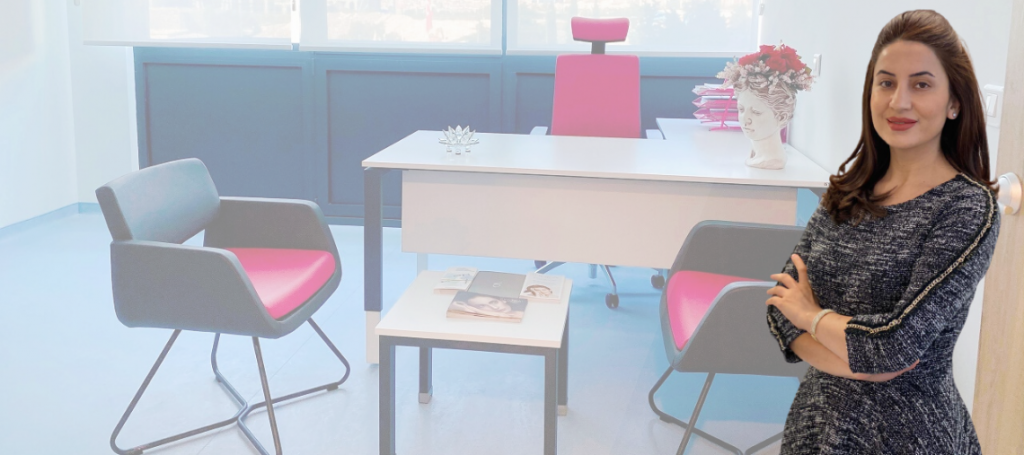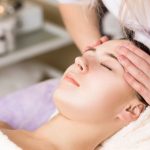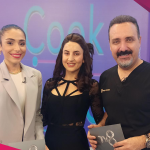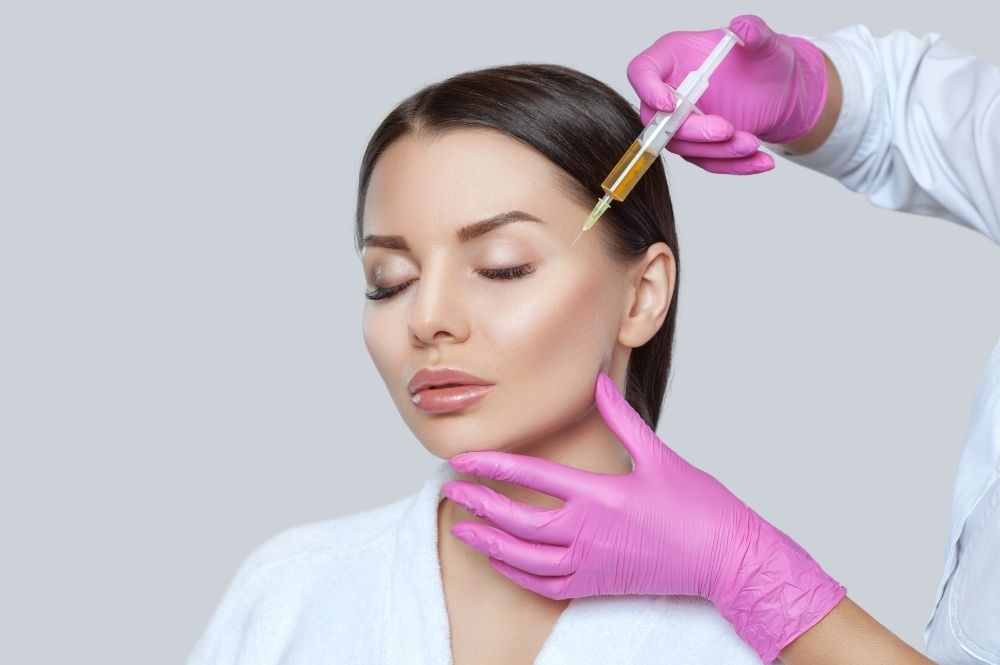What is PRP?
PRP is derived from the initials of the English phrase “Platelet Rich Plasma”. Platelets are blood cells containing growth factors that allow blood to clot and repair damaged tissues when bleeding occurs in the body.
How is PRP Treatment Done?
For the PRP treatment, first of all, a few tubes of blood are taken from the patient, the blood is passed through the centrifuge device and the platelet-rich part is separated. The obtained PRP serum is injected under the skin with the help of fine needles. In addition, PRP serum can be applied to the skin after fractional laser, gold needle radiofrequency and dermapen procedures.
What are the Areas of Use for the PRP Treatment?
- Hair loss
- Skin rejuvenation
- Acne, scars and burn scars
- Fine wrinkles
- Fissures (Stria)
What Should Be Done Before PRP Treatment?
First of all, a physical examination should be done by a doctor and the clinical history should be questioned in detail. It should be questioned whether the patient has any disease, medication use, or a special condition such as pregnancy/breastfeeding. Alcoholic beverages should not be taken before PRP treatment. The use of blood thinners, aspirin, non-steroidal anti-inflammatory drugs, green tea and ginkgo biloba, which may cause bleeding and bruising, should be discontinued at least 3 days before the procedure.

What are the Possible Side Effects and Complications After the PRP Treatment?
Since the person’s own blood is used in the PRP treatment, no allergic reaction is observed. However, since the use of injections for the procedure, redness, bruising, tenderness and infection may occur at the injection entry points.
What Should Be Done After the PRP Treatment?
After the PRP treatment, it is recommended not to touch the application areas, not to apply make-up to that area for 12 hours, not to take a bath for a day and to protect from the sun on the day of procedure.
How Is The Recovery Process After the PRP Treatment?
The PRP treatment begins to take effect from the moment it is applied. Its effect continues to increase with repetitive sessions. Maximum effectiveness is obtained between the second to fourth months and its effect can last up to 1 year.




